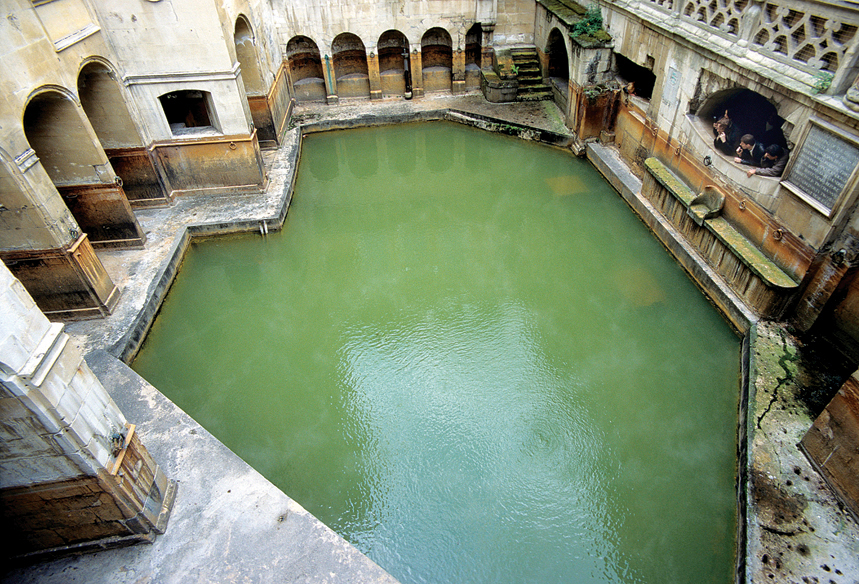A History of World Societies:
Printed Page 153
A History of World Societies Value
Edition: Printed Page 152
New Influences and Old Values in Roman Culture
With the conquest of the Mediterranean world, Rome became a great city. The spoils of war went to build theaters, stadiums, and other places of amusement, and Romans and Italian townspeople began to spend more of their time in leisure pursuits. This new urban culture reflected Hellenistic influences. Romans developed a liking for Greek literature, and it became common for an educated Roman to speak both Latin and Greek. Furthermore, the Roman conquest of the Hellenistic East resulted in wholesale confiscation of Greek paintings and sculpture to grace Roman temples, public buildings, and private homes.
The Greek custom of bathing also gained popularity in the Roman world. Increasingly, Romans built large public buildings containing pools supplied by intricate systems of aqueducts, which by the early empire became essential parts of the Roman city. These structures were more than just places to bathe. Baths included gymnasia where men exercised, snack bars and halls where people chatted and read, and even libraries and lecture halls. Women had opportunities to bathe, generally in separate facilities or at separate times, and both women and men went to the baths to see and be seen. Conservative commentators objected to these new pastimes as a corruption of traditional Roman values, but most Romans saw them as a normal part of urban life.

New customs did not change the core Roman social structures. The male head of the household was called the paterfamilias, and he had great power over his children. Initially this seems to have included power over life and death, but by the second century B.C.E. his authority had been limited by law and custom. Fathers continued to have the power to decide how family resources should be spent, however, and sons did not inherit until after their fathers had died. Women could inherit and own property, though they generally received a smaller portion of any family inheritance than their brothers. The Romans praised women, like Lucretia of old, who were virtuous and loyal to their husbands and devoted to their children. (See “Viewpoints 6.1: On Roman Wives, from a Tombstone Inscription and Juvenal’s Sixth Satire.”) Very young children were under their mother’s care, and most children learned the skills they needed from their own parents. For children from wealthier urban families, opportunities for formal education increased in the late republic. Boys and girls might be educated in their homes by tutors, who were often Greek slaves, and boys also might go to a school, paid for by their parents.
Most Romans continued to work long days, but an influx of slaves from Rome’s conquests provided labor for the fields, mines, and cities. To the Romans slavery was a misfortune that befell some people, but it did not entail any racial theories. For loyal slaves the Romans always held out the possibility of freedom, and manumission — the freeing of individual slaves by their masters — became common. Nonetheless, slaves rebelled from time to time in large-
Membership in a family did not end with death, as the spirits of the family’s ancestors were understood to remain with the family. They and other gods regarded as protectors of the household — collectively these were called the lares and penates — were represented by small statues that stood in a special cupboard, were honored at family celebrations, and were taken with the family when they moved.